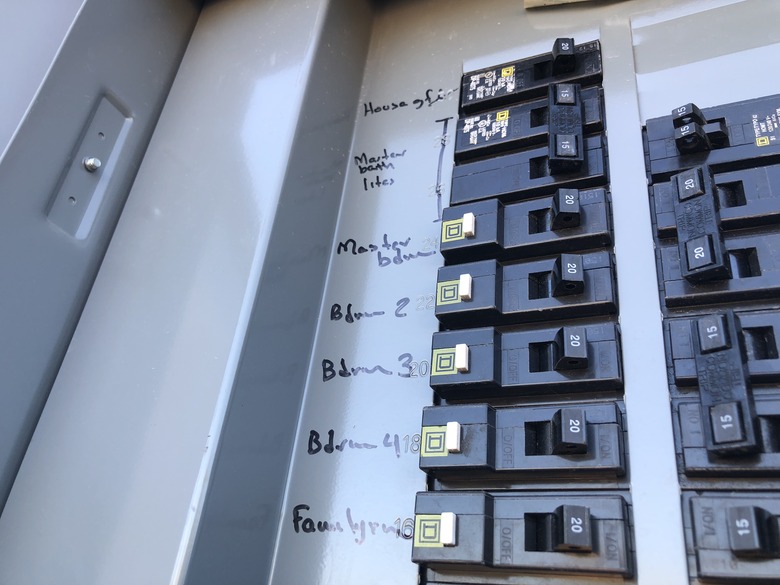How To Make A Bimetal Strip
Bimetal strips – also known as bimetallic strips – are used in electronics and thermal engineering as a means of transferring thermal energy into mechanical movement. A common application of this technology is in thermostats or heat sensitive switches in which a circuit is either connected or broken when a certain temperature is reached. The strips work by pairing two metals which react to changes in temperature at different rates, causing the two strips to bend in a certain direction in an effect similar to the refraction of a light beam entering a glass block.
Step 1
Decide on the purpose of your bimetallic strip. Bimetallic strips are usually used to make a mechanical part move in a given direction, often to connect to another mechanical part. This can either set a process of mechanical movement in motion, or create an electronic connection. Decide which way your bimetallic strip needs to move. If it is to move upwards, away from the heat source, the metal at the bottom of the metallic strip should be the one which expands most.
Step 2
Choose your metals. In theory, any stable metals can be used in a bimetallic strip as all metals expand to some extent when exposed to heat. Choose two dissimilar metals and test their expansion levels by exposing them to heat. Select two metals that expand at very different levels; this disparity is what causes the bimetallic strip to move in the way it does. Two commonly used metals are brass and steel.
Step 3
Lay your two strips down on the work surface. If you want the strip to move upwards when heated, place the brass strip on the bottom and lay the steel strip on top. The brass strip will expand more and create a curve with the brass strip on the outside. Drill a hole through the two strips about 1/2 inch from one end. Thread a bolt through the hole and secure with a bolt. Tighten the bolt with a spanner to ensure a tight connection between the two halves of the strip.
Step 4
Connect the strip to your circuit. Remember to connect the end of the strip with the bolt but to leave a gap at the other end of the strip. Make sure that the gap will be closed when the strip has expanded to its maximum length. If the gap is too large, adjust the position of the strip to ensure the gap can be closed.
Things Needed
- Strip of brass
- Strip of steel
- Drill
- Bolt
- Nut
Cite This Article
MLA
Salgado, Julia. "How To Make A Bimetal Strip" sciencing.com, https://www.sciencing.com/make-bimetal-strip-11403534/. 22 August 2011.
APA
Salgado, Julia. (2011, August 22). How To Make A Bimetal Strip. sciencing.com. Retrieved from https://www.sciencing.com/make-bimetal-strip-11403534/
Chicago
Salgado, Julia. How To Make A Bimetal Strip last modified March 24, 2022. https://www.sciencing.com/make-bimetal-strip-11403534/
